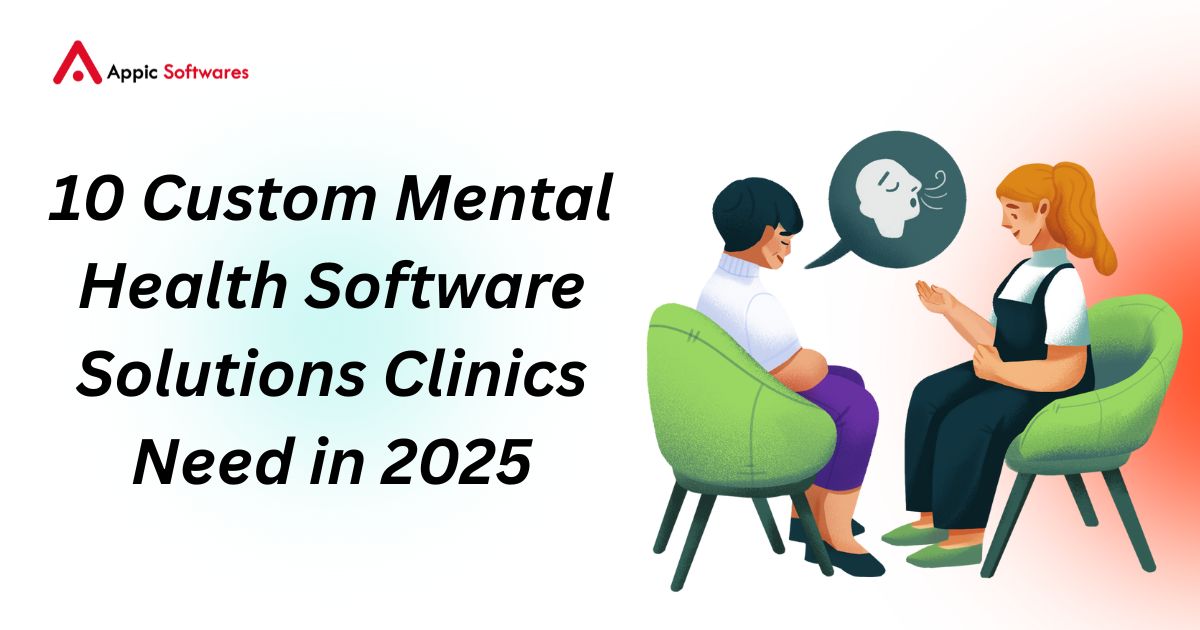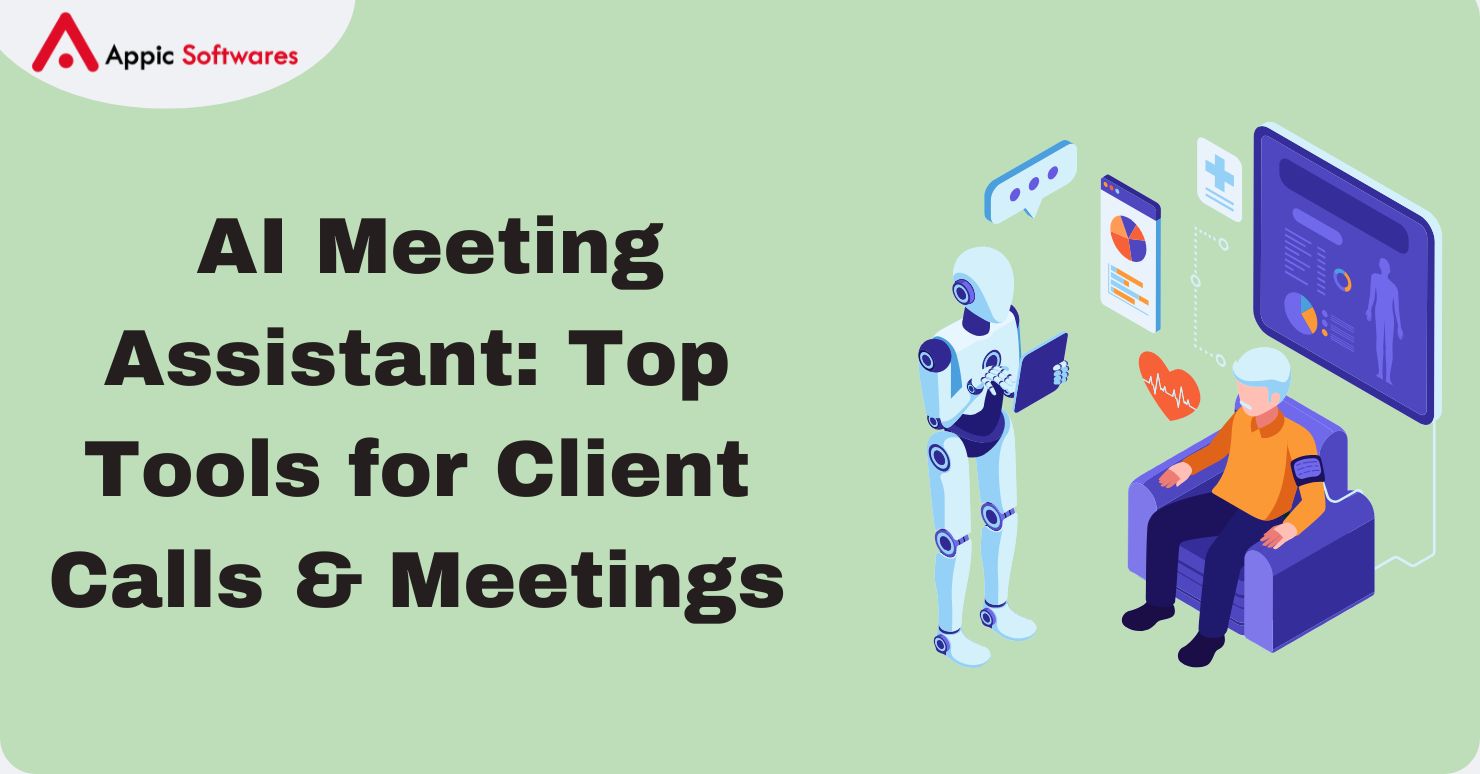
With 54,195 clients, the majority of Python-using businesses are based in the United States. The United States accounts for 49.87% of Python’s client base. Python web development is preferred by both novice and experienced builders for their projects. It enables the creation of sites and apps in the easiest way possible. You can add features later. That is why it is suitable for small side projects and large applications alike. In this guide, we will discuss the advantages, the criteria when it is best to use Python for Web development, cost, and a Python web development guide for beginners in seven steps.
What Are the Benefits of Python Web Development?
Having a website developed with Python is very beneficial in many ways, especially due to the following perceptions. You receive such factors as fast performance, readability, and the ability to be used in a wide range of projects. Here are some key benefits:
Fast Development Speed
Python web development boosts speed. It reduces the length of the code statements by having a simple syntax. And things like database, syntax, and simple tasks are handled by ready frameworks like Django. They provide an in-built admin console, user or login systems, and URLs. This means you write fewer commissions and intermediaries for a cellular structure. As a Python Django developer, you work on what comes as a detail to most other people. From concept to model, it takes only a few days. But testing is faster with a tool like pytest.
So, all these elements assist in making your workflow smooth. You do not waste a lot of time defining and configuring objects, but solely on the solution logic. Therefore, you manage to always meet project set deadlines. Growth facilitates the processes of demonstrating the feasibility of ideas by startups. It makes it possible for agencies to deploy subsequent client projects much faster. In other words, Python web development offers the benefits of speed with no issues on the quality of web development.
Rich Library Ecosystem
Python web development is beneficial due to the support for a huge number of libraries. There are thousands of Python packages for various purposes. You come across tools for databases, security purposes, as well as for API operations. It is important to note that when working with Django ORM or SQLAlchemy, data handling is not a huge issue. For caching, you pick Redis. When it comes to email, there are libraries known as SMTP.
In the case of needing data science features, pandas is compatible with NumPy. Surprisingly, image processing is also available in Pillow. These libraries reduce one’s efforts of having to build such tools from scratch. This extensive library support is why Python is a preferred language for any AI development company looking to build intelligent applications. They cut on bugs, as most have passed through the hands of other users. In this case, as a Python backend developer, you harness this wealth. It can be installed with pip and many more extensions to extend functionality swiftly.
Strong Community Support
Python web development thrives on community support. A large, active user base shares code and tips online. Platforms like Stack Overflow have answers for common issues. Django and Flask forums host deep discussions. Open source projects welcome contributions. You fix bugs or add features with community help. You find tutorials, blog posts, and video guides. Meetups and conferences bring developers together.
They cover Python full-stack developer topics and best practices. This network speeds up problem-solving and learning. As you grow, you mentor others and contribute back. Community events help you stay current with new releases and security patches. Thus, strong community support fuels your growth in Python web development.
Easy Scalability
Python web development scales well. Frameworks like Django use WSGI servers such as Gunicorn. They handle many requests by adding worker processes. You pair this with Nginx as a reverse proxy. When traffic grows, you add more servers or use cloud platforms. Services like AWS Elastic Beanstalk and Heroku automate scaling. You configure autoscaling rules for CPU or request rates.
Python apps also support async libraries and FastAPI for high concurrency. Caching layers like Memcached or Redis reduce database load. Database replication and load balancers further boost performance. As your user base grows, you adjust resources on demand. This makes Python web app development ideal for projects aiming at large audiences.
When To Use Python For Web Development?

Python works for many web tasks. But sometimes other tools fit better. Use these points to decide.
Fast Prototyping
Use Python web development when you need a working demo fast. Python has simple syntax. You write fewer lines of code. Also, frameworks like Flask or Django let you scaffold apps quickly. You avoid boilerplate. As a result, you see results in hours, not days. This speed fits startups and proofs of concept. You test ideas without a heavy setup. In turn, you gather feedback early. Early feedback helps you refine features. You save time on rewrites. Also, prototyping in Python web development lets you pivot fast. Pivoting means you can change direction if users ask for it. And that keeps your app relevant.
Data-Driven Applications
Pick Python web development for data-heavy apps. Python has strong data libraries like pandas and numpy. You process and analyze data right in your app. Then you feed results into your web interface. For example, you build dashboards or reporting tools. You can add machine learning models with sklearn or TensorFlow. For instance, an AI agent development company can use these libraries to integrate chatbots or recommendation systems into web platforms. This makes your app smart.. Also, FastAPI and Django REST framework help you serve data via APIs. APIs let other apps consume your data. As a result, Python web development becomes the backend engine for any data project.
Clean Code and Collaboration
Choose Python web development when you need readable code. Python’s indentation rules enforce consistency. Your team reads code like a story. New developers join fast. They grasp code structure without steep curves. Also, the PEP 8 style guide keeps code uniform. Uniform code means fewer merge conflicts and faster reviews.
Plus, Python web development uses virtual environments. Each project has its own setup. This isolation avoids library clashes. Overall, clean code and setup help teams work together. Teams deliver features faster and with fewer bugs.
Rapid Access to Plugins
Use Python web development when you want built-in plugins. Django comes with an admin panel and user authentication out of the box. Flask extensions add login, mail, and security. FastAPI auto-generates API docs. You skip writing core features. Instead, you focus on app logic. These plugins reduce code and time. They also follow best practices. As a result, your app stays secure and stable. Also, the Python web development ecosystem is large. You find packages for payments, search, or caching. You just pip install and configure. This ecosystem speeds your build.
Scalability and Performance
Pick Python web development when you plan to scale. Python apps run on many servers. You add more workers with Gunicorn or uWSGI. Then you distribute traffic with a load balancer. Cloud platforms like AWS or Heroku support this setup. Also, asynchronous frameworks like FastAPI handle many requests concurrently. This improves performance. Moreover, caching with Redis or Memcached cuts database hits. As a result, Python web development can serve thousands of users. You scale without rewriting code.
API and Service Development
Opt for Python web development when you build APIs or microservices. FastAPI and Django REST framework simplify API creation. This is particularly useful for Python ecommerce development, where robust APIs are needed to handle product listings, user accounts, and payment gateways. You define endpoints with minimal code. Also, docs are generated automatically. This helps front-end teams integrate faster. Microservices architecture lets you split features into smaller apps. Each service can use Python web development tools. Then they communicate via REST or message queues. This setup aids maintainability. As a result, your system stays modular and easy to update.
Community and Support
Finally, use Python web development when you need strong community help. Python has one of the largest developer communities. You find guides, tutorials, and Q&A on Stack Overflow. Framework docs include examples and best practices. Online forums and meetups let you connect with experts. This support reduces roadblocks. When you face issues in Python web development, you find answers fast. As a result, you keep your project moving.
What Is the Cost for Python Web Development?
Cost varies by size, features, and team. We break cost into parts so you can plan.
1. Developer Rates
Freelancers
You’ll pay $15–$80 per hour, based on region and experience. A simple site can take 50–100 hours, so plan $750–$8,000.
Agencies
Rates run $50–$200 per hour. They bring design, testing, and project management. A mid-size project may hit $20,000–$50,000.
In-House Team
Hiring a Python full-stack developer or a Django developer costs $80k–$150k per year in the US. Plus benefits and tools.
2. Hosting and Servers
Shared Hosting
$5–$15 per month. Good for small sites and learning.
VPS
$20–$80 per month. You get more control and power.
Cloud Services
AWS, Google Cloud, or Azure start at $30–$100 per month for small setups. They auto-scale as you grow.
3. Frameworks and Libraries
Most Python frameworks are free. Django, Flask, FastAPI, and many libraries cost nothing under open-source licenses.
4. Tools and Add-Ons
You may pay for extras: Premium themes or templates: $20–$100 each, Third-party APIs (email, SMS, maps): $0 to $100+ per month. Plus, for projects requiring AI capabilities, such as natural language processing or computer vision, the AI app development cost may include fees for specialized APIs or cloud services. SSL certificates: Often free via Let’s Encrypt, or $10–$50 per year if you choose paid
5. Maintenance
Plan 10–20% of the initial build cost per year. This covers updates, bug fixes, and minor features.
7 Step Easy Process For Python Web Development
Follow these steps to move from idea to live site. Each step uses common Python Django developer and Python backend developer roles.
1. Plan Your Project
Write down what your app must do. List pages, features, and user actions. For example, a blog needs a home page and posts. A shop needs product pages and a cart. If your project involves AI components, the AI software development process will also require planning for data collection, model training, and integration phases. For example, a blog needs a home page and posts. A shop needs product pages and a cart. Use simple notes. This step sets your path for Python web development.
2. Set Up Your Tools
Install the latest Python. Create a virtual environment. This keeps your project files separate. Then install your chosen framework. For a full stack, use Django. For simple APIs, pick Flask or FastAPI. Use pip install django or pip install flask.
3. Define Data Models
Think about your data. Users, posts, or products. In Django, write models.py. In Flask, use SQLAlchemy. Each model maps to a database table. For example, a Post model has a title and content. This part is key for any Python backend developer.
4. Build Views and Routes
Views or routes handle web requests. In Django, add functions or classes in views.py. Map URLs in urls.py. In Flask, use @app.route decorators. Return HTML or JSON. If you need an API, use Django REST framework or FastAPI. This step uses your Python Django developer skills.
5. Create Templates and UI
Design simple pages with HTML. Use Django templates or Jinja2 for Flask. Add placeholders for dynamic data. For example, <h1>{{ post.title }}</h1>. Keep styles basic with CSS. This makes your Python web app development look good.
6. Test and Debug
Write tests with pytest or Django’s TestCase. Test your models, views, and APIs. Run pytest or python manage.py test. Fix errors as they appear. Testing early saves time. A robust test suite makes your Python full-stack developer work reliably.
7. Deploy to Production
Choose a host: Heroku, AWS, or DigitalOcean. Set environment variables for secrets. Use Gunicorn or uWSGI as the server. In Django, add ALLOWED_HOSTS and set DEBUG=False. For Flask, configure app.run(). Link your domain and add SSL. Monitor with a tool like Sentry.
Conclusion
Python web development offers clear code and fast delivery. You tap into many libraries and a strong community for help. The seven-step process guides you from idea to deployment. With Python, you can build simple sites or large systems with ease. Use these tips to start your next web project and grow your skills in Python full-stack developer or Python Django developer roles.
Python web development offers a perfect blend of speed, flexibility, and scalability — whether you’re launching a startup MVP or scaling a large enterprise platform.
If you’re ready to turn your idea into a powerful Python web application, partner with Appic Softwares who can make it happen faster and better.
Contact us today for a free consultation and let’s bring your vision to life with Python!
Frequently Asked Questions (FAQs)
1. Is Python web development hard for beginners?
No. Python uses simple syntax and clear code. Frameworks like Flask help you start small. With a few tutorials, you can build your first app in a day.
2. Which framework should I choose: Django or Flask?
Choose Django for a full-stack solution and built-in features. Pick Flask for lightweight apps or APIs. FastAPI suits high-performance endpoints.
3. How long does a typical Python web project take?
A small project may take 50–100 hours. A medium app can take 200–300 hours. Complex systems may need 500+ hours, depending on features.
4. Do I need to know JavaScript for Python web development?
Basic HTML and CSS are enough at first. But JavaScript adds interactivity. You can learn JS as you go, starting with simple scripts.








